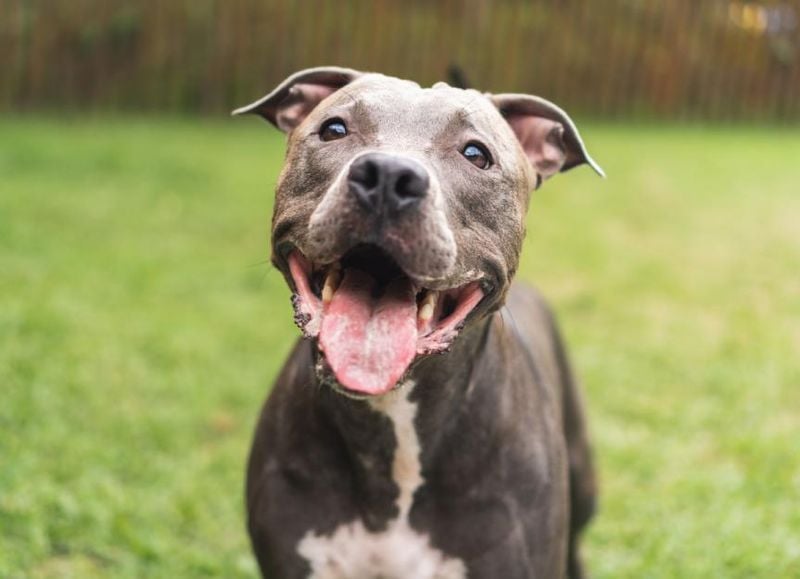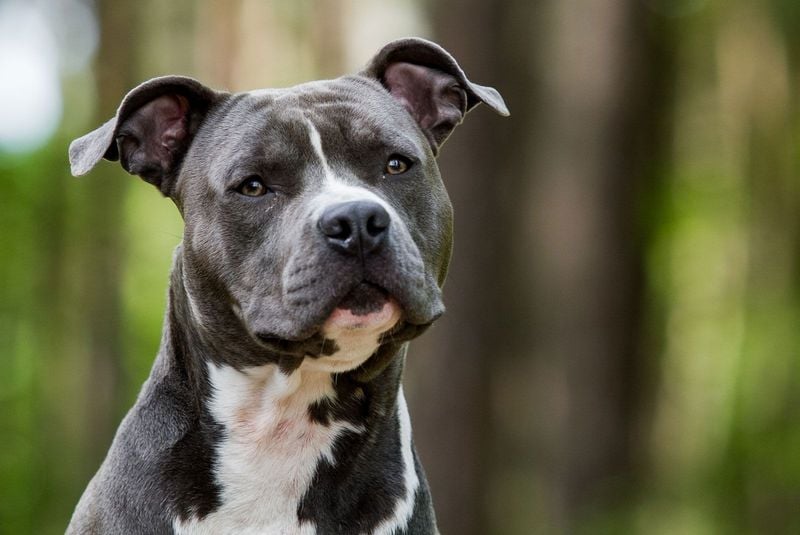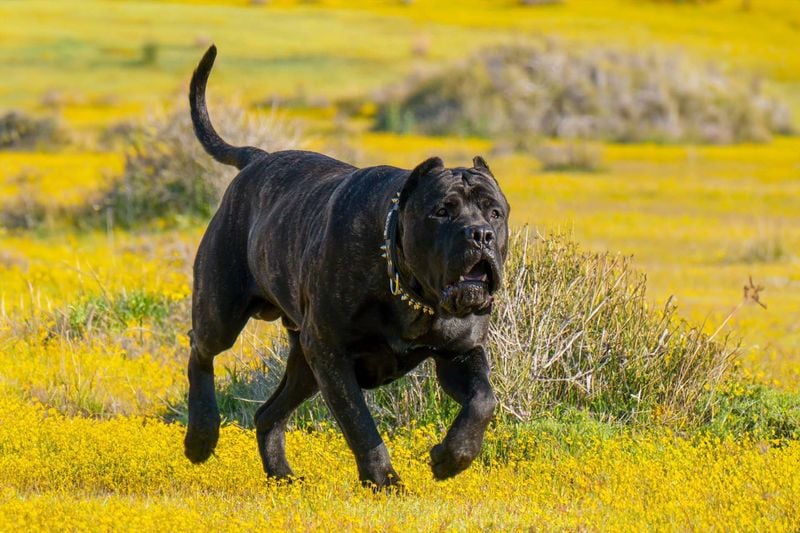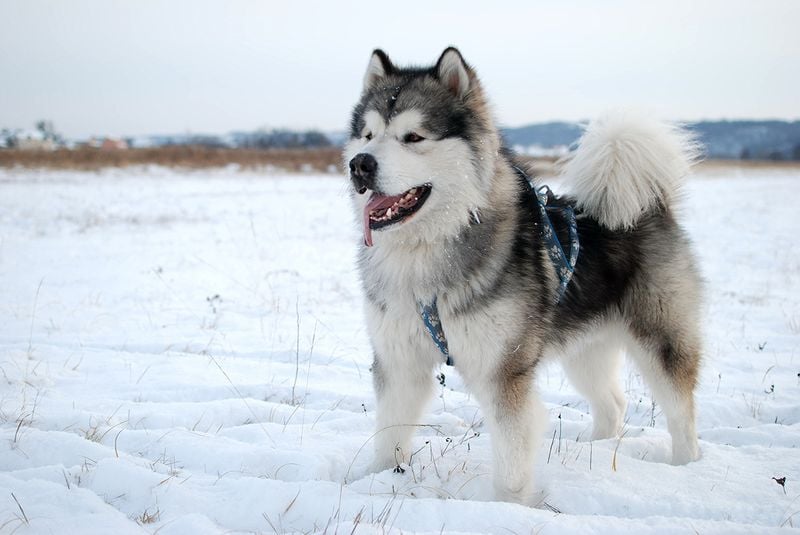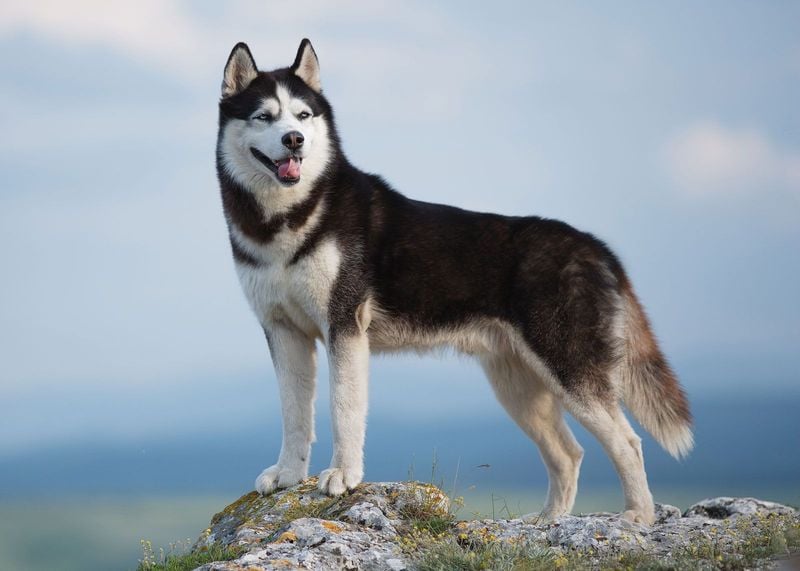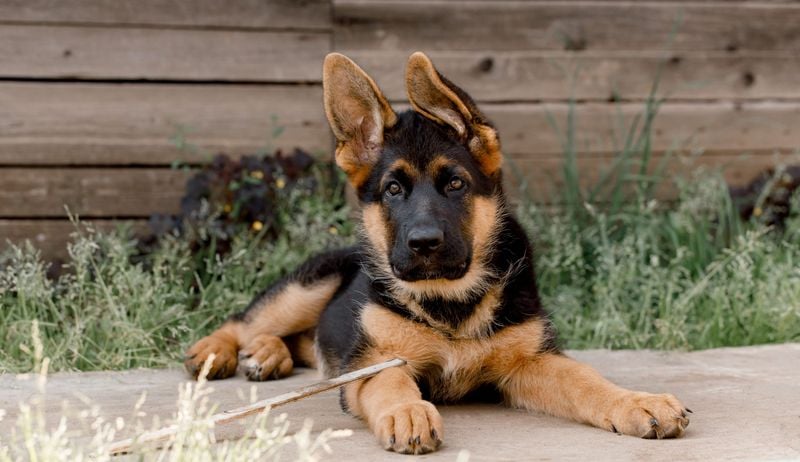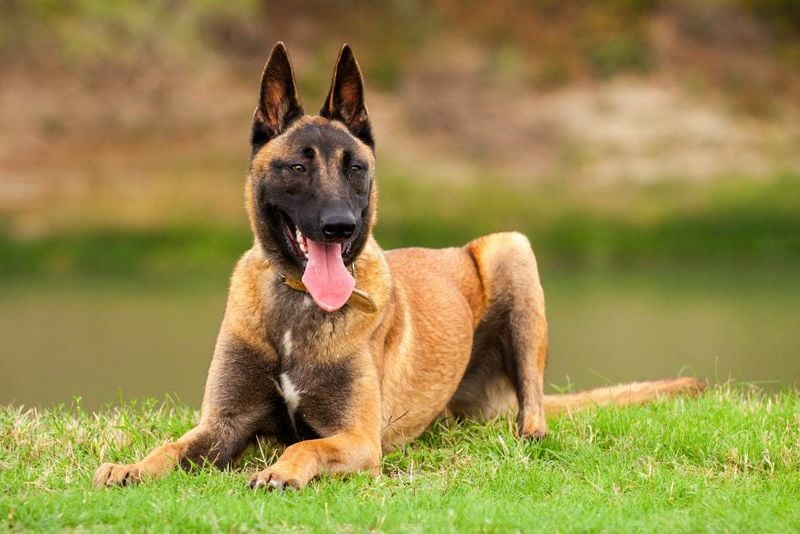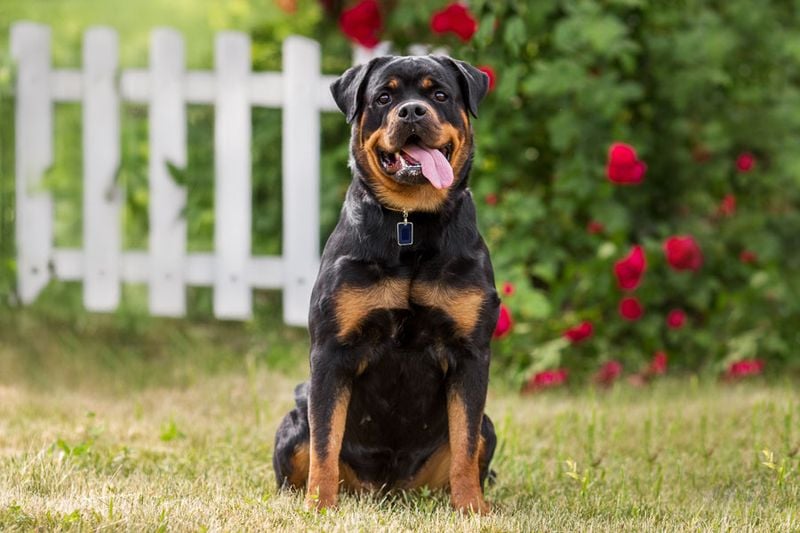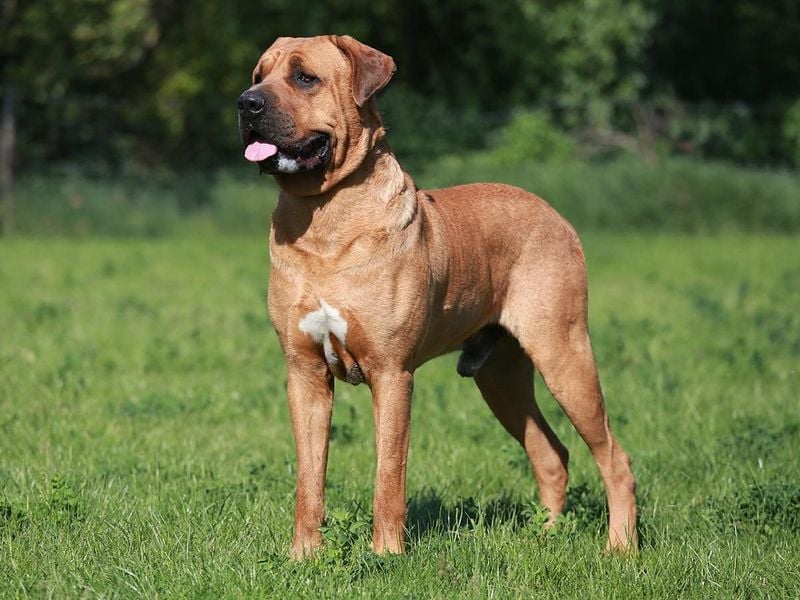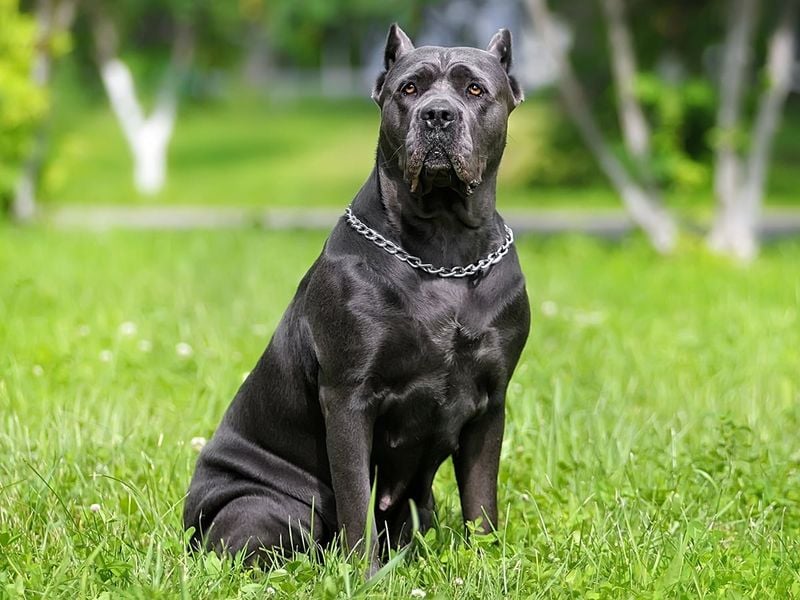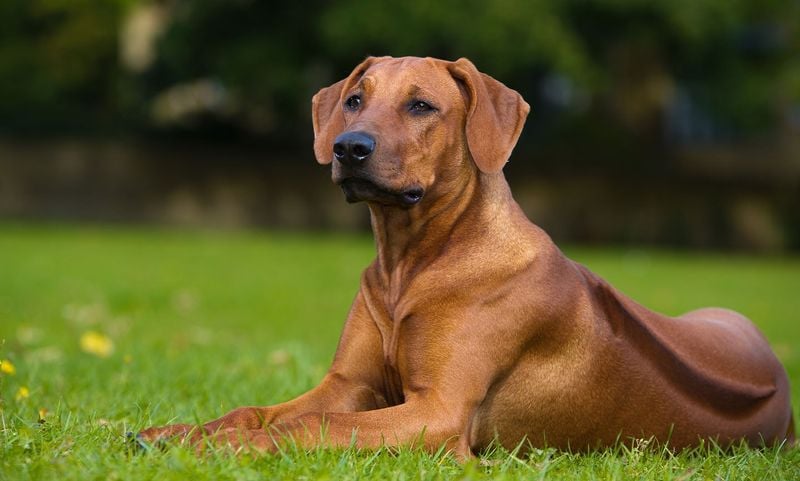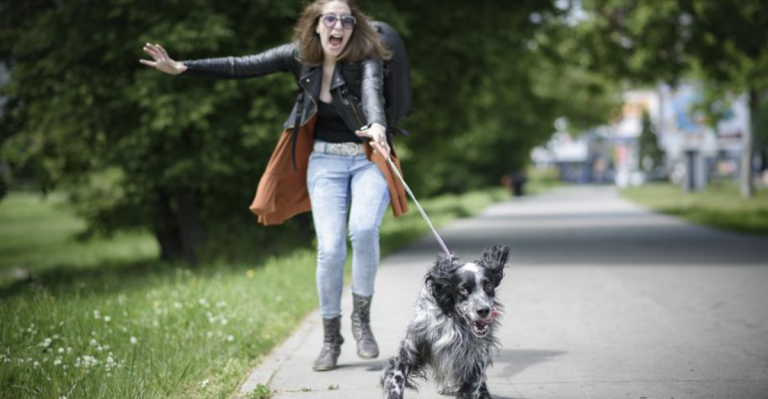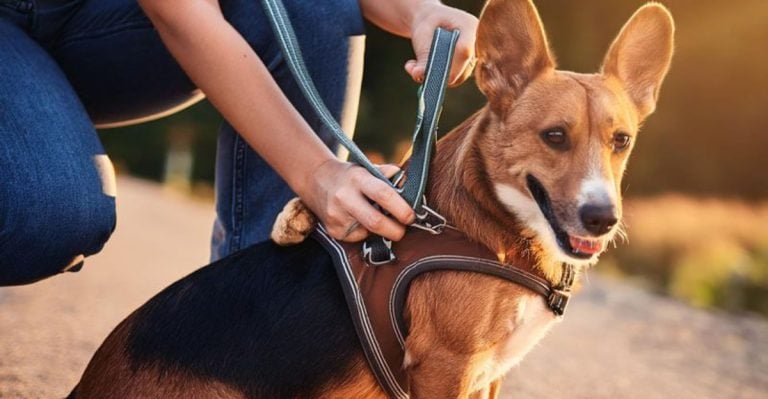13 Dog Breeds That Struggle to Get Along with Other Animals
Some dog breeds have stronger instincts that make sharing space with other animals difficult. Whether it’s due to a hunting heritage, territorial tendencies, or a high prey drive, certain canines simply aren’t hardwired to coexist peacefully with other pets—especially smaller ones. These natural traits don’t make them bad dogs, but they do require owners to be especially mindful when introducing them to multi-pet households.
From powerful guarding breeds to independent hunters, these dogs often need early and consistent training, structured environments, and close supervision around other animals. Without proper handling, the risk of tension—or worse—can be high. Understanding these breed-specific challenges is essential for creating a safe, harmonious home and making informed decisions when adopting or integrating new pets.
In this list, we highlight 13 dog breeds that are known for being less compatible with other animals, and explore the traits that contribute to their reputations. If you’re a pet owner considering one of these breeds, awareness is key to success.
1. American Pit Bull Terrier: The Misunderstood Guardian
Originally bred for bull-baiting and later for dog fighting, Pit Bulls often carry a strong prey drive and animal aggression despite their loyalty to humans. Their powerful jaws and tenacious nature require early socialization to manage interactions with other pets.
Many Pit Bulls can learn to coexist peacefully with other animals when raised together from puppyhood. However, sudden aggression toward unfamiliar animals may emerge as they mature, especially toward other dogs of the same sex.
Responsible ownership includes understanding these tendencies and providing proper training, supervision, and in some cases, separate living arrangements for multiple pets.
2. American Staffordshire Terrier: Power Meets Personality
The stocky, muscular AmStaff developed alongside the Pit Bull with similar fighting heritage, creating challenges for multi-pet households. Their powerful build and determined nature make encounters with smaller animals potentially risky without proper management.
Surprisingly gentle with human family members, AmStaffs often show a dramatic contrast between their people-loving personality and their animal wariness. Early socialization can help, but many maintain a lifelong suspicion of unfamiliar animals.
Owners should never assume an AmStaff’s friendliness toward humans extends to other species, as their prey drive can activate suddenly around running animals.
3. Presa Canario: The Powerful Protector
Formidable guardians from the Canary Islands, Presa Canarios were developed for livestock work and property protection. Their massive size—often exceeding 100 pounds—combined with natural dominance creates significant challenges around other animals.
Historically used for dog fighting after their cattle-working days ended, these dogs retain strong territorial instincts and can view smaller animals as prey. Their independent nature means they don’t automatically defer to human correction during confrontations.
Even well-trained Presas typically maintain high prey drive toward cats, small dogs, and wildlife. Prospective owners should commit to lifelong management strategies rather than expecting this breed to become completely animal-friendly.
4. Doberman Pinscher: The Vigilant Velcro Dog
Behind the sleek, athletic build of the Doberman lies a complex personality that can create challenges with other animals. Bred as personal protectors, Dobermans form intense bonds with their humans while maintaining natural suspicion toward outsiders—including unfamiliar animals.
Female Dobermans particularly struggle with other female dogs, often refusing to back down from confrontations. Their lightning-quick reflexes and intelligence mean they can anticipate and react to perceived threats before owners notice warning signs.
With their hunting heritage and protective instincts, Dobermans may chase smaller pets or wildlife. Many well-socialized Dobermans can live harmoniously with family cats but remain watchful of neighborhood animals.
5. Alaskan Malamute: The Primitive Pack Hunter
Majestic and powerful, Malamutes maintain strong primitive instincts that can make multi-pet households challenging. Their wolf-like heritage as pack hunters means small animals often trigger their prey drive—cats, rabbits, and even small dogs may be viewed as potential targets.
Pack hierarchy matters tremendously to Malamutes, who frequently challenge other dogs for dominance. Their impressive size—males often exceed 85 pounds—combined with their independent thinking makes physical management difficult during animal confrontations.
Unlike some breeds, Malamutes rarely show aggression warning signs before acting. Their hunting sequence can activate in seconds: from casual interest to focused pursuit with little transition, making constant vigilance necessary around vulnerable animals.
6. Siberian Husky: The Mischievous Escape Artist
Beneath those striking blue eyes lies a determined hunter with strong prey drive. Huskies were bred to run for miles across the Arctic, pursuing food sources with remarkable endurance—a heritage that translates to relentless pursuit of neighborhood cats, squirrels, and other small animals.
Unlike aggressive breeds, Huskies rarely show hostility toward other dogs. Instead, their animal compatibility issues stem from predatory instincts and playfulness that can quickly escalate beyond appropriate boundaries. Their infamous escape artist tendencies compound these challenges.
Many Huskies have broken through fences or slipped leashes specifically to chase animals that caught their attention, making them responsible for numerous small pet fatalities despite their friendly reputation.
7. German Shepherd: The Discerning Defender
German Shepherds approach other animals with the same analytical mindset they bring to all situations—assessing potential threats with intelligent caution. Their herding background creates strong chase instincts that can frighten smaller animals, even when the shepherd has no intention to harm.
Highly territorial by nature, these dogs often police their property boundaries against animal intruders. Their protective instincts extend to “their” humans, sometimes causing them to intervene when other pets approach family members—especially children they consider under their protection.
When properly socialized, many German Shepherds distinguish between household pets and outside animals. However, their natural suspicion means introductions must be carefully managed, with owners maintaining clear leadership to prevent protective behaviors from escalating.
8. Belgian Malinois: The Intense Workaholic
Boundless energy combined with laser-sharp focus makes the Belgian Malinois challenging around other animals. Originally bred for herding and now favored for police and military work, these dogs approach everything with intensity that can overwhelm or frighten other pets.
Their herding background creates strong chase and nip behaviors that smaller animals find terrifying. Without proper outlets, Malinois may redirect their working drive toward household pets, treating them as substitutes for the jobs they crave. Mental stimulation proves just as crucial as physical exercise.
A bored Malinois often creates its own entertainment by pestering other animals or practicing predatory sequences. Even well-trained individuals maintain high prey drive toward unfamiliar animals, requiring constant management.
9. Rottweiler: The Confident Guardian
Centuries of guardian heritage have created a breed that takes property protection seriously—including deciding which animals belong and which don’t. Rottweilers approach animal interactions with confident authority rather than fearful aggression, often enforcing their own rules about appropriate behavior.
Their imposing physical presence—often exceeding 100 pounds of muscle—means even playful interactions can intimidate smaller animals. Mature Rottweilers typically show little tolerance for rambunctious behavior from unfamiliar dogs, preferring calm, predictable companions.
Female Rottweilers particularly struggle with other female dogs regardless of breed. Their strong-willed nature means once they’ve decided another animal is unwelcome, changing their mind requires extensive counter-conditioning rather than simple corrections.
10. Tosa Inu: The Canine Sumo Wrestler
Japan’s fighting mastiff brings centuries of competitive heritage that creates significant challenges with animal compatibility. Developed specifically for organized dog fighting—considered a honorable sport in historical Japan—Tosas maintain powerful combative instincts despite modern breeding for companionship.
Their massive size—often exceeding 130 pounds—combined with surprising athletic ability makes controlling confrontations nearly impossible once aroused. Unlike more reactive breeds, Tosas approach conflict with methodical determination rather than emotional displays.
Silent fighters by design, these dogs rarely give warning growls before engaging, making their body language difficult for owners to interpret. Their stoic nature means they often hide discomfort until reaching a breaking point, creating sudden seeming shifts in tolerance toward other household pets.
11. Cane Corso: The Roman Warrior Dog
Ancient Roman war dogs evolved into today’s imposing Cane Corso, bringing historical guardian instincts into modern homes. Their territorial nature extends beyond property to include their human family, sometimes causing protective reactions when other animals approach “their” people.
Corsos approach unfamiliar animals with suspicion born from centuries of protective breeding. Their impressive size—males typically reach 110+ pounds—combined with athletic ability means they can respond to perceived threats with overwhelming force before owners can intervene. Same-sex aggression presents particular challenges, with males rarely tolerating other male dogs regardless of socialization efforts.
While many can accept household cats when raised together from puppyhood, their strong prey drive activates around running animals, making supervision essential.
12. Rhodesian Ridgeback: The Lion Hunter
Bred specifically to track and hold lions at bay in Africa, Ridgebacks maintain formidable prey drive that easily transfers to household pets and wildlife. Their hunting heritage created independent thinkers who make their own decisions about which animals represent threats or targets.
Athletic enough to clear standard fences when motivated, these dogs present containment challenges when stimulated by neighboring animals. Their hunting style involves silent stalking followed by explosive bursts of speed, giving little warning before pursuit begins.
Same-sex tensions frequently emerge as Ridgebacks mature, with females particularly maintaining lifelong rivalries with other female dogs. While not typically aggressive without provocation, their confidence and physical capabilities mean they rarely back down once conflicts begin, requiring proactive management rather than reactive correction.
13. Akita Inu: The Dignified Emperor’s Dog
Japan’s national treasure brings ancient samurai heritage and hunting prowess that creates significant animal compatibility challenges. Originally bred for tracking and hunting large game like bears, Akitas maintain powerful prey drive that easily transfers to smaller animals and unfamiliar dogs.
Their stoic nature makes reading warning signs difficult—an Akita may go from apparent calm to confrontation with minimal visible transition. Same-sex aggression presents particular challenges, with most Akitas refusing to tolerate other dogs of their gender regardless of socialization efforts.
Silent hunters by design, they rarely bark warning before acting on predatory instincts. Their thick double coat often disguises body language signals that might otherwise indicate discomfort, creating situations where other animals miss crucial communication cues until conflict erupts.

